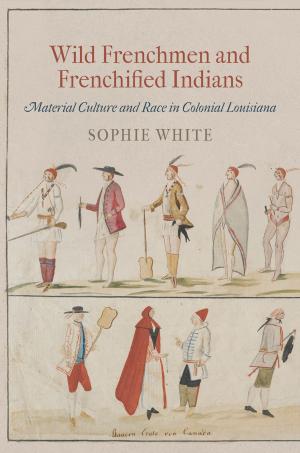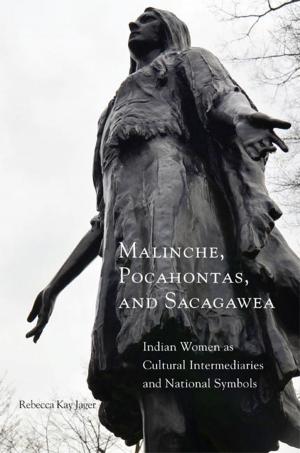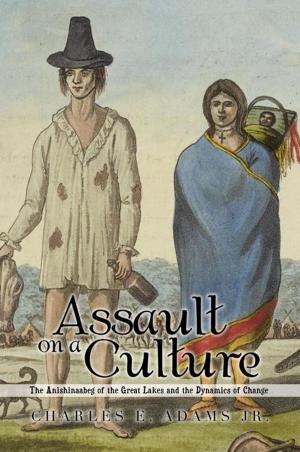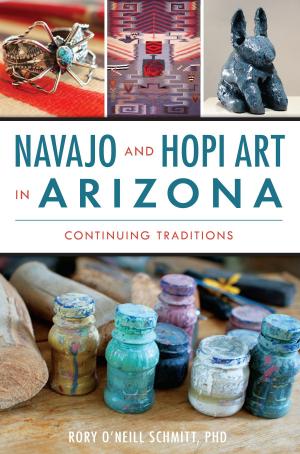Road to California: The Search for a Southern Overland Route, 1540-1848
Nonfiction, History, Americas, Native American| Author: | Harlan Hague | ISBN: | 9781458088482 |
| Publisher: | Harlan Hague | Publication: | June 9, 2011 |
| Imprint: | Smashwords Edition | Language: | English |
| Author: | Harlan Hague |
| ISBN: | 9781458088482 |
| Publisher: | Harlan Hague |
| Publication: | June 9, 2011 |
| Imprint: | Smashwords Edition |
| Language: | English |
The earliest European perception of California was of a wonderful land of mystery and plenty, a Terrestrial Paradise. California would become a magnet for generations of people seeking the good life.
The first foreign settlements in California were planted by Spaniards in the late eighteenth century. Padres and soldiers on Mexico's northern frontier searched for and opened an overland passage, though a dangerous one, to Spain's new province. Following Mexico's successful revolution against Spain in 1821, the new republic tried to strengthen the trail from Mexico to California. At the same time, Mexicans, American trappers, and finally American soldiers, discovered and secured trails to California from New Mexico.
For the first time, "Road to California" brings together the story of the search for an overland route to California by Spaniards, Mexicans and Americans. The book also tells about the response of native Americans to the invasion of their lands. Some fought the intruders, but for three centuries most Indians welcomed, provisioned, and assisted the intruders. The story ends in 1848 when discovery of gold in California's Sierra Nevada assured that the trails would be worn deep by the argonauts en route to the golden land.
The earliest European perception of California was of a wonderful land of mystery and plenty, a Terrestrial Paradise. California would become a magnet for generations of people seeking the good life.
The first foreign settlements in California were planted by Spaniards in the late eighteenth century. Padres and soldiers on Mexico's northern frontier searched for and opened an overland passage, though a dangerous one, to Spain's new province. Following Mexico's successful revolution against Spain in 1821, the new republic tried to strengthen the trail from Mexico to California. At the same time, Mexicans, American trappers, and finally American soldiers, discovered and secured trails to California from New Mexico.
For the first time, "Road to California" brings together the story of the search for an overland route to California by Spaniards, Mexicans and Americans. The book also tells about the response of native Americans to the invasion of their lands. Some fought the intruders, but for three centuries most Indians welcomed, provisioned, and assisted the intruders. The story ends in 1848 when discovery of gold in California's Sierra Nevada assured that the trails would be worn deep by the argonauts en route to the golden land.















